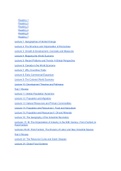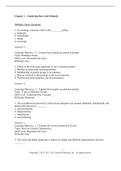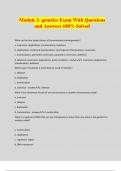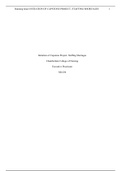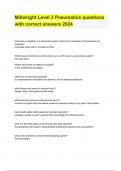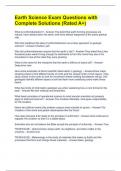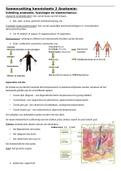Class notes
GEOG 216 (Geography of the World Economy) Complete Class Notes
- Course
- GEOG216 (GEOG216)
- Institution
- McGill University (Mcgillu)
RECEIVED AN A IN THIS COURSE Complete and detailed class notes, including prep for test 1, test 2, and finals.
[Show more]
